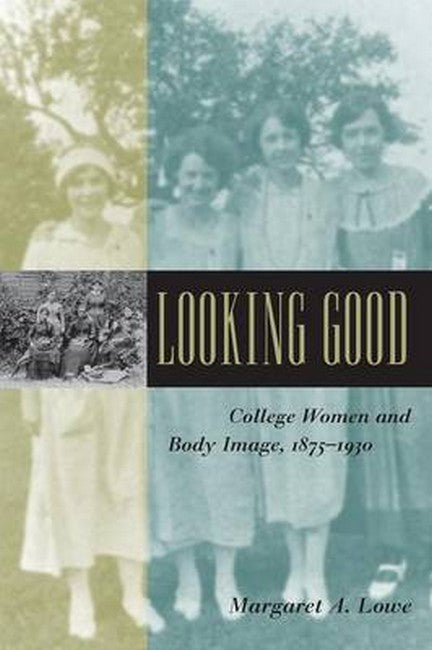Toward the end of the nineteenth century, as young women began entering college in greater numbers than ever before, physicians and social critics charged that campus life posed grave hazards to the female constitution and women's reproductive health. 'A girl could study and learn,' Dr. Edward Clarke warned in his widely read 1873 book Sex in Education, 'but she could not do all this and retain uninjured health, and a future secure from neuralgia, uterine disease, hysteria, and other derangements of the nervous system.' For half a century, ideas such as Dr. Clarke's framed the debate over a woman's place in higher education almost exclusively in terms of her body and her health.For historian Margaret A. Lowe, this obsession offers one of the clearest expressions of the social and cultural meanings given to the female body between 1875 and 1930. At the same time, the 'college girl' was a novelty that tested new ideas about feminine beauty, sexuality, and athleticism. In Looking Good, Lowe examines the ways in which college women at three quite different institutions -- Cornell University, Smith College, and Spelman College -- regarded their own bodies in this period. Contrasting white and black students, single-sex and coeducational schools, secular and religious environments, and Northern and Southern attitudes, Lowe draws on student diaries, letters, and publications; institutional records; and accounts in the popular press to examine the process by which new, twentieth-century ideals of the female body took hold in America.

